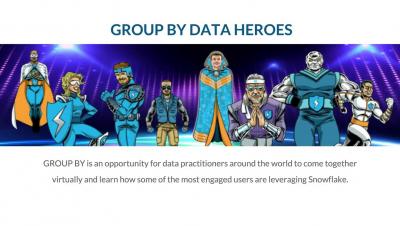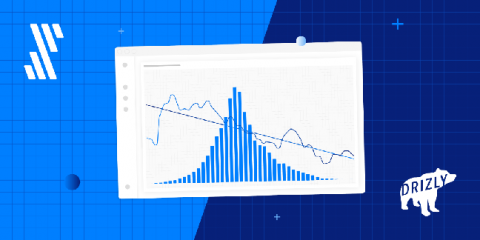Preparing Students For The Future Workforce With Data Literacy
This was one of the key takeaways from student Noah Bledsoe in the latest episode of the Data Brilliant – Unplugged series, which explored how Radford University is arming its students with data skills to prepare them for the future world of work.







